Method increases efficiency and reduces labor
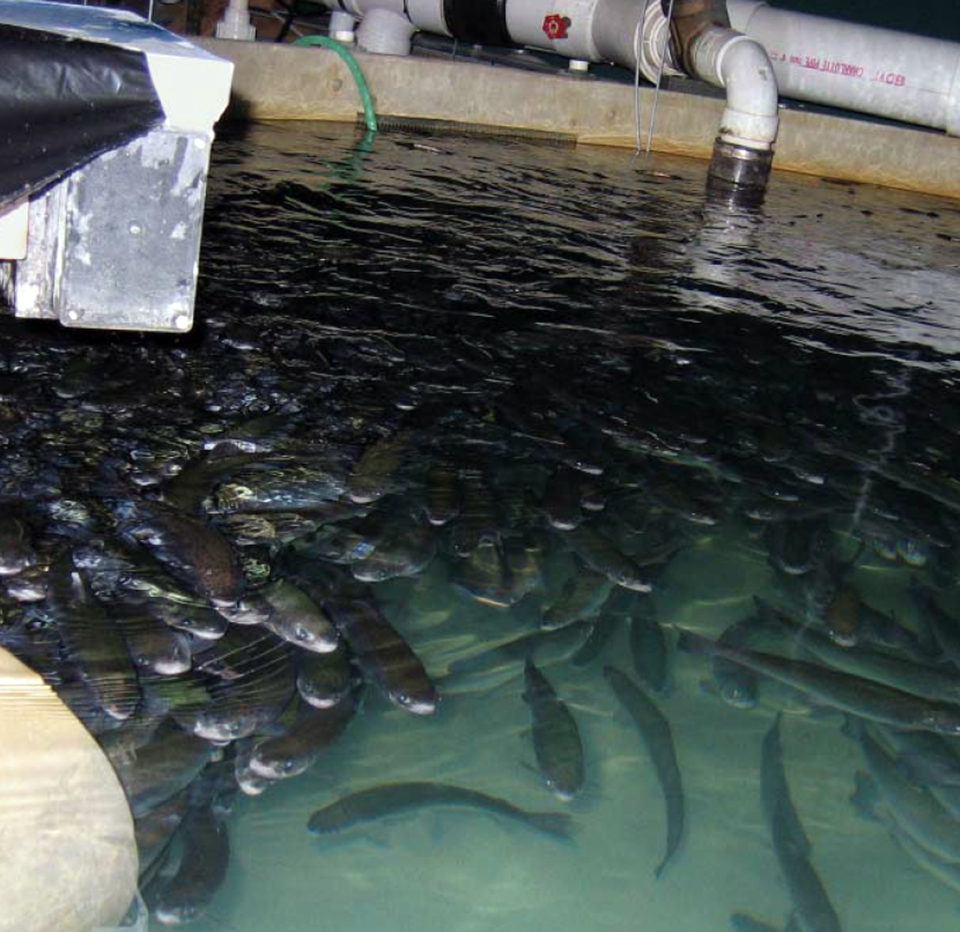
The successful use of large culture tanks can impart economies of scale that reduce a fish farm’s fixed and variable costs of production. However, improvements in fish transfer and grading technologies for large circular tanks up to 1,000 cubic meters in volume must be achieved to better realize the labor-saving potential of the tanks.
To this end, the Conservation Fund Freshwater Institute in West Virginia, USA, has been working with rainbow trout and other species to develop relatively low-stress, inexpensive, and efficient fish transfer systems that work in large, deep culture tanks.
Carbon dioxide avoidance
Rainbow trout can sense elevated concentrations of dissolved carbon dioxide (CO2) in water. The trout’s natural behavioral response is to swim out of areas that contain elevated concentrations of this gas.
The authors’ new fish harvest method takes advantage of this behavior in a manner that increases efficiency and reduces the labor required to harvest or move fish. In this technique, rainbow trout that seek to avoid water containing elevated concentrations of dissolved CO2 swim to an area containing less CO2, such as the inlet of a fish pump or pipe leading to another tank.
Why carbon dioxide?
Others have reported that salmonids can sense and avoid elevated concentrations of dissolved carbon dioxide. However, the carbon dioxide avoidance method was selected here due to two additional considerations.
First, the U.S. Food and Drug Administration (FDA) has designated CO2 a low regulatory priority drug for anesthetic purposes in cold, cool, and warm water fish. Therefore, it may be used as an anesthetic as long as FDA guidelines for low-priority drugs are followed.
FDA has no guidelines for the use of CO2 as an aid for fish harvesting. However, dissolved carbon dioxide, a byproduct of fish respiration, is present in all natural waters. There are no withdrawal requirements for fish exposed to dissolved carbon dioxide.
Second, from an engineering application standpoint, CO2 is an extremely soluble gas that is relatively easy to dissolve in water. Carbon dioxide can be transferred into water within the same unit processes used to dissolve pure oxygen gas. In addition, stripping excess dissolved carbon dioxide is relatively straightforward using conventional gas transfer equipment, as long as fairly high volumetric flows of air:water are maintained.
Experimental system
With support from a U.S. Department of Agriculture, Agriculture Research Service grant, the authors conducted several studies using two 3.7-meter-diameter, 11.1-cubic-meter circular culture tanks. One tank represented a grow-out tank and the other a harvest/depuration tank. Initially, the grow-out tank contained rainbow trout at 40-60 kilogram per cubic meter and the harvest/depuration tank contained no fish.
During the trials, the bottom drain stand pipe on the harvest tank was capped, which forced all the water entering the tank to flow through a connecting “fish transfer pipe” into the grow-out tank. At approximately the same time, the single-pass water that normally entered the grow-out tank was turned off, because this water flow requirement was met by water from the harvest tank.
Control valves were then manually adjusted to deliver carbon dioxide gas to the water within the grow-out tank, which caused the pH of the water to gradually drop. Continuous monitoring of pH provided a real-time estimate of the water’s dissolved CO2 concentration, because the alkalinity and temperature of the single-pass system water were constant during the studies.
Study results
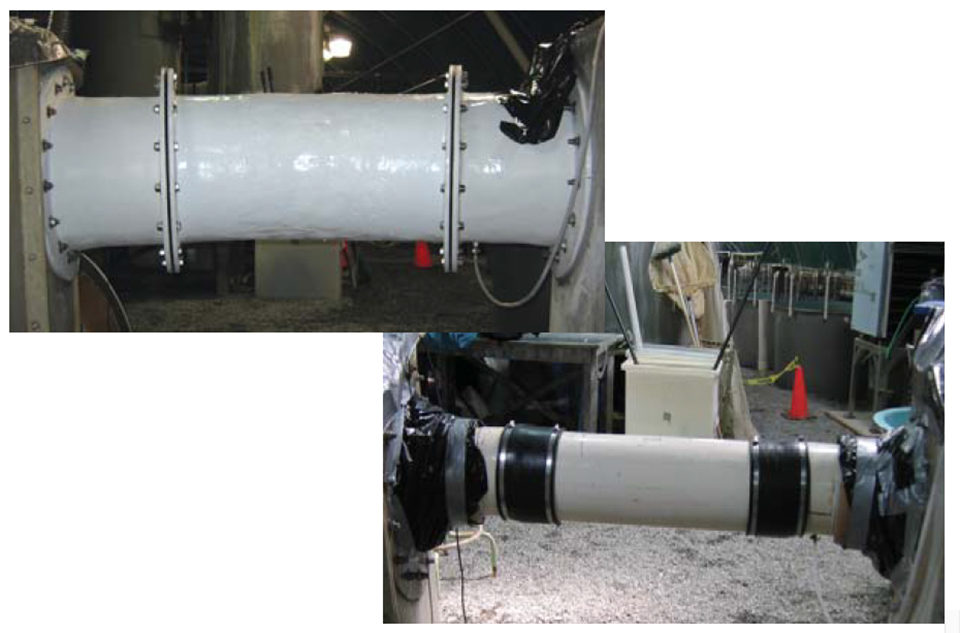
The first CO2 avoidance experiment involved eight successive trials on a single group of relatively large (1.3 kg) rainbow trout to identify the best conditions for inducing fish to swim from the grow-out tank through the 203-mm-diameter, 1.5-meter-long transfer pipe and into the harvest tank. The trials eventually achieved 80-90 percent fish transfer within approximately four hours. Dissolved CO2 concentrations of 60-110 milogram per liter induced the trout to swim out of the grow-out tank.
The second CO2 avoidance study used the optimum conditions identified in the first study to challenge three groups of 150- to 300-gram rainbow trout. For each group, the results of three CO2 avoidance trials showed that approximately 80 percent of the trout could be induced to swim from the grow-out tank to the harvest tank within six to seven hours. However, the fish that congregated in front of the transfer pipe seemed to be impeded from exiting the grow-out tank by the tunnel’s relatively small diameter.
A 406-mm-diameter transfer pipe was then tested during a third study. During three replicated trials with the larger pipe, rainbow trout swam out of the grow-out tank at about twice the rate measured with the smaller-diameter transfer pipe. However, use of the larger pipe did not change the percentage of fish that remained in the grow-out tank – about 15 to 20 percent of the total. The remaining fish were primarily located within the plume of relatively low dissolved CO2 that occurred adjacent to the transfer pipe.
A fourth study determined if overall fish transfer efficiency could be increased by restricting the flow of low-CO2 water into the grow-out tank. During three replicated trials using initially naïve rainbow trout, 99 percent of the fish swam out of the grow-out tank within three hours after the flow of water with low dissolved CO2 water was reduced once the number of remaining fish reduced to about 80 percent.
Safe, inexpensive process
The CO2 avoidance technique requires little labor and is relatively inexpensive – a typical fish transfer event uses only about U.S. $4 worth of carbon dioxide. In the studies, the technique was also safe for the fish, with no fish mortality during the trial or the 24 hours immediately following it. In addition, the experimental protocol and methods were in compliance with the Freshwater Institute’s Institutional Animal Care and Use Committee.
Because the avoidance technique forces fish to congregate in a distinct location where the low dissolved CO2 enters the culture tank, a fish pump or brailing operation placed at this location could clearly simplify the task of transferring the fish from a large culture tank to a harvest or depuration tank, another culture tank, or stocking truck.
Note: A paper that provides a complete description of this research has been submitted to the journal Aquacultural Engineering.
(Editor’s Note: This article was originally published in the June 2006 print edition of the Global Aquaculture Advocate.)
Now that you've reached the end of the article ...
… please consider supporting GSA’s mission to advance responsible seafood practices through education, advocacy and third-party assurances. The Advocate aims to document the evolution of responsible seafood practices and share the expansive knowledge of our vast network of contributors.
By becoming a Global Seafood Alliance member, you’re ensuring that all of the pre-competitive work we do through member benefits, resources and events can continue. Individual membership costs just $50 a year.
Not a GSA member? Join us.
Authors
-
Jason Clingerman
The Conservation Fund Freshwater Institute
1098 Turner Road
Shepherdstown, West Virginia 25443 USA -
Julie Bebak-Williams, VMD, Ph.D.
The Conservation Fund Freshwater Institute
1098 Turner Road
Shepherdstown, West Virginia 25443 USA -
Steven T. Summerfelt, Ph.D., P.E.
The Conservation Fund Freshwater Institute
1098 Turner Road
Shepherdstown, West Virginia 25443 USA[103,114,111,46,101,116,117,116,105,116,115,110,105,114,101,116,97,119,104,115,101,114,102,64,116,108,101,102,114,101,109,109,117,115,46,115]
Related Posts
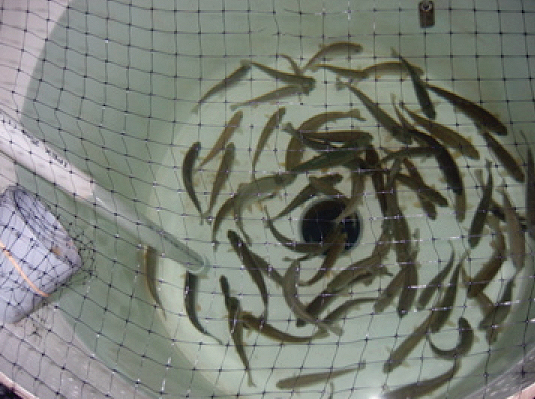
Health & Welfare
Algae shows promise as alternative DHA source in rainbow trout diets
A growth trial in Canada evaluated the use of algae biomass to increase the concentration of long-chain polyunsaturated fatty acids in the tissues of rainbow trout.
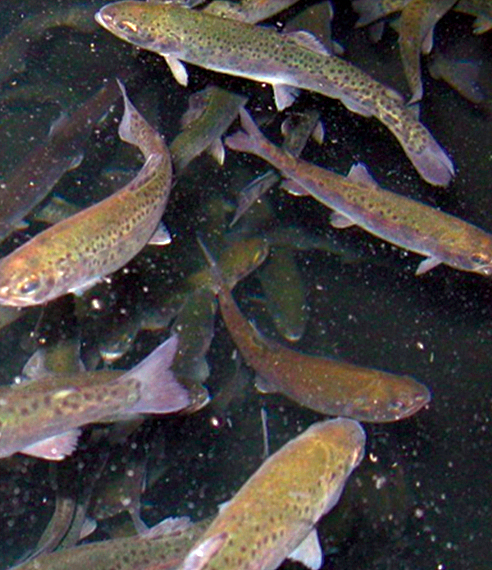
Aquafeeds
Alternative lipids spare fish oil in rainbow trout feeds
Alternative lipids have achieved varied success in ensuring adequate growth and fatty acid composition in fillets. The authors evaluated rainbow trout raised on diets containing fish oil or a blend of fish and standard or modified lipids varying in fatty acid composition.
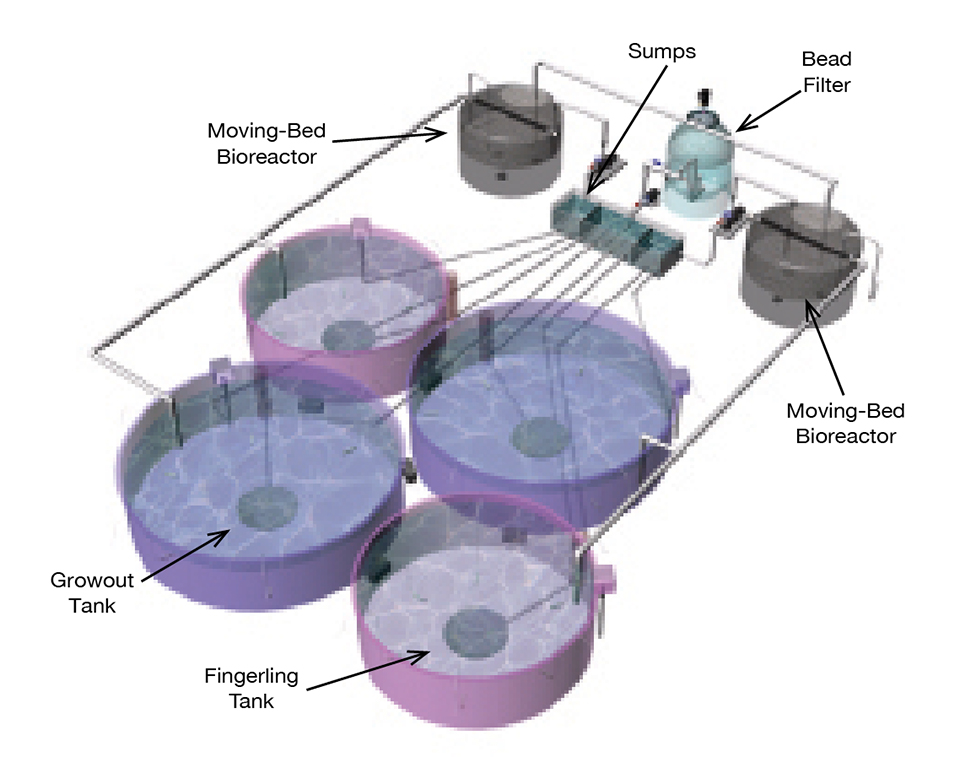
Health & Welfare
‘Boutique’ RAS for spotted sea trout
A boutique design project validated a land-based, recirculating production system capable of producing 50 metric tons of spotted sea trout per year.
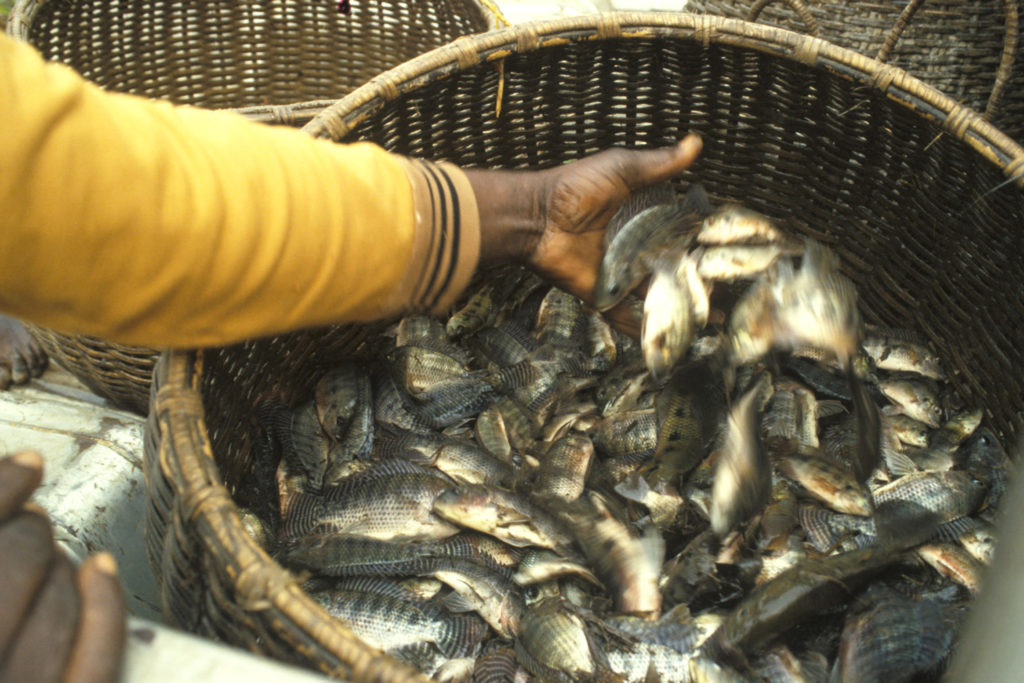
Responsibility
A helping hand to lend: UK aquaculture seeks to broaden its horizons
Aquaculture is an essential contributor to the world food security challenge, and every stakeholder has a role to play in the sector’s evolution, delegates were told at the recent Aquaculture’s Global Outlook: Embracing Internationality seminar in Edinburgh, Scotland.


